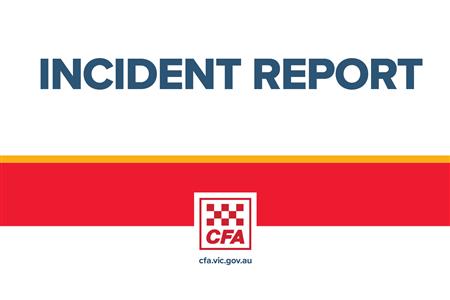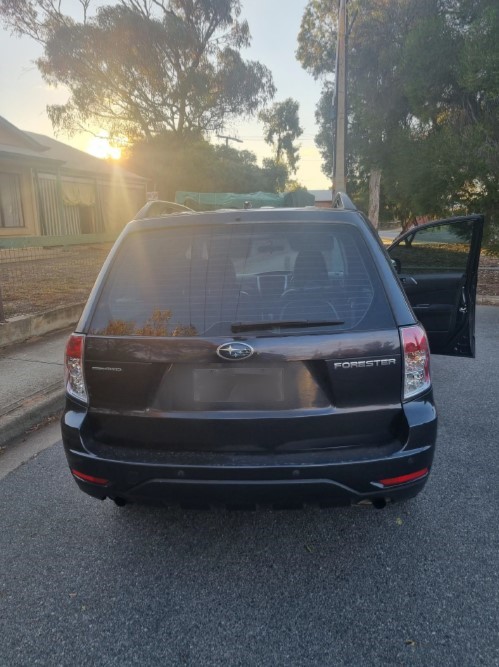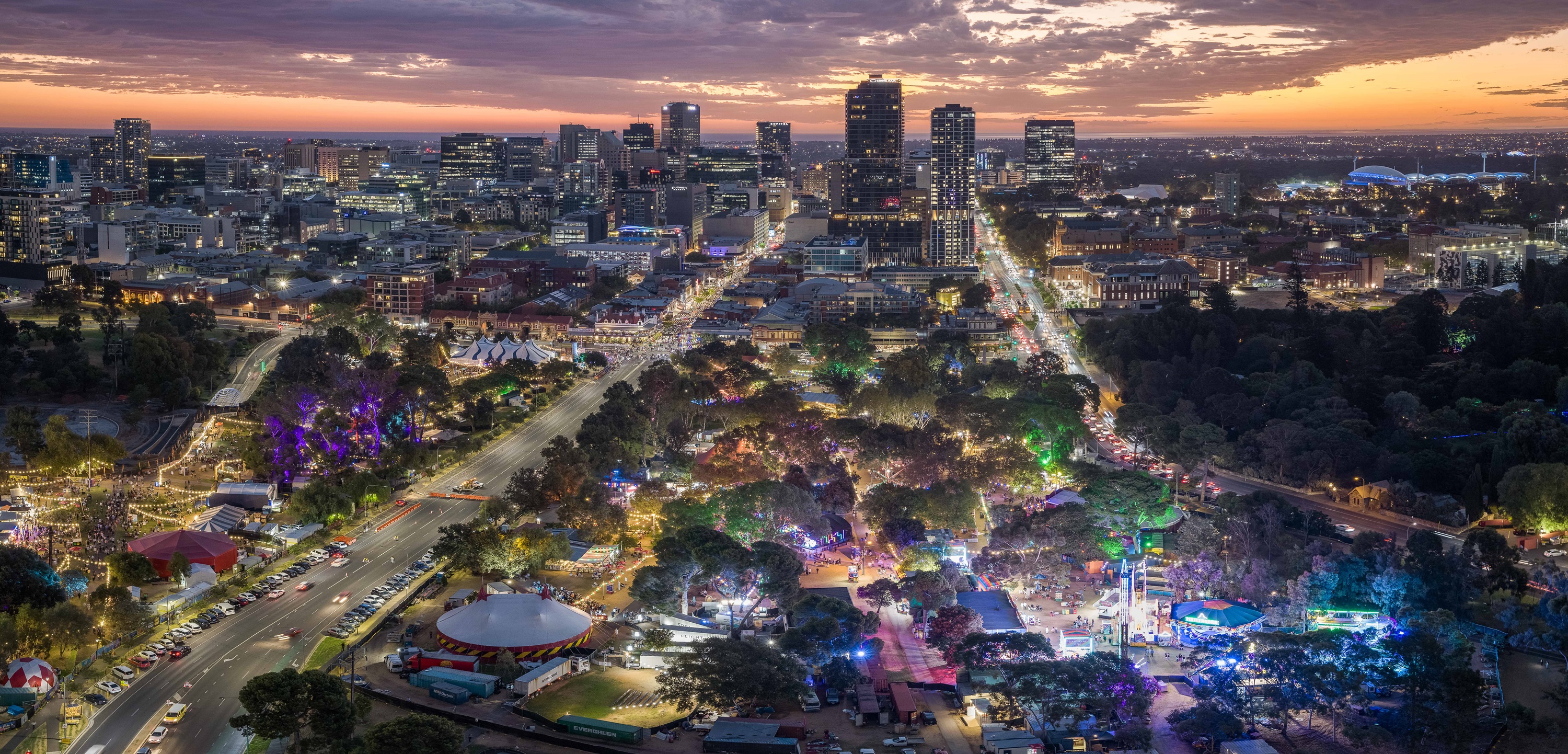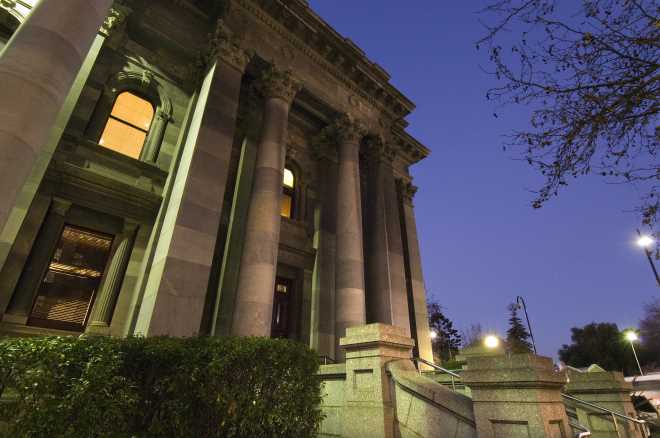
Google Maps took them the wrong way and their vehicle became bogged
Two German tourists are lucky to be alive after Google Maps directed them to enter Oyala Thumotang National Park (CYPAL) while they were attempting to travel from Cairns to Bamaga.
The men left Cairns on February 4 2024 and Google Maps took them into the national park and directed them to follow an old dirt track known as Langi Track, which leads to the old Archers Crossing.
On Tuesday February 6, their four-wheel drive became bogged, and they were unable to shift it. Due to their remote location, there was no mobile service or internet connection.
Around a week later, they stumbled into Coen and advised authorities that they had to abandon their vehicle in the national park.
Ranger in charge Roger James said a local mechanic advised the Queensland Parks and Wildlife Service (QPWS) about the tourist’s ordeal and their abandoned vehicle.
“QPWS rangers made contact with the tourists and found out it was another incident of Google Maps sending people in the wrong direction,” Mr James said.
“These men ended up on foot in oppressive conditions and although they had supplies and a shelter for sleeping, they are extremely lucky to be alive.
“Rangers assisted the local mechanic in retrieving the tourist’s car, which is much better than assisting emergency services in the search for bodies.
“This is not the first incident of Google Maps sending people off the Peninsula Development Road and into national parks, where they either get lost or their vehicles get bogged.
“People should not trust Google Maps when they’re travelling in remote regions of Queensland, and they need to follow the signs, use official maps or other navigational devices.
“National parks in Cape York can be unforgiving, and people need to ensure they have all the survival essentials, and they must be prepared for a stranding incident.
“These men tried crossing a river on a fallen log, endured intense heat and storms, encountered cattle, pigs and crocodiles and had to sleep in the bush. This incident could’ve ended tragically.”
Tourist Philipp Maier said they entered the national park after following directions from Google Maps.
“In Coen, Google Maps said we should go to the national park right away, and we thought just do it because maybe the main road is closed because of a high river,” Mr Maier said.
“At Box Creek where we got stuck, it looks really dry. The surface was dry but under the surface it was really wet and muddy. Almost impossible to get out of there.”
Tourist Marcel Schoene said they walked about 60 kilometres carrying 12kg backpacks, and they used a drone to help find nearby roads.
“It’s very hard to get out of there, because we walked for 22 hours and for older people it would be very hard because they’re not very fit,” he said.
“When we were walking to Coen, it was too hot in the midday, so we can’t walk then so we had to make a break (rest).”








